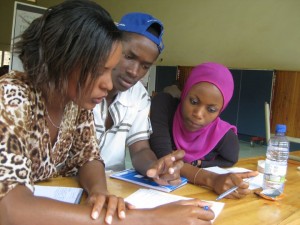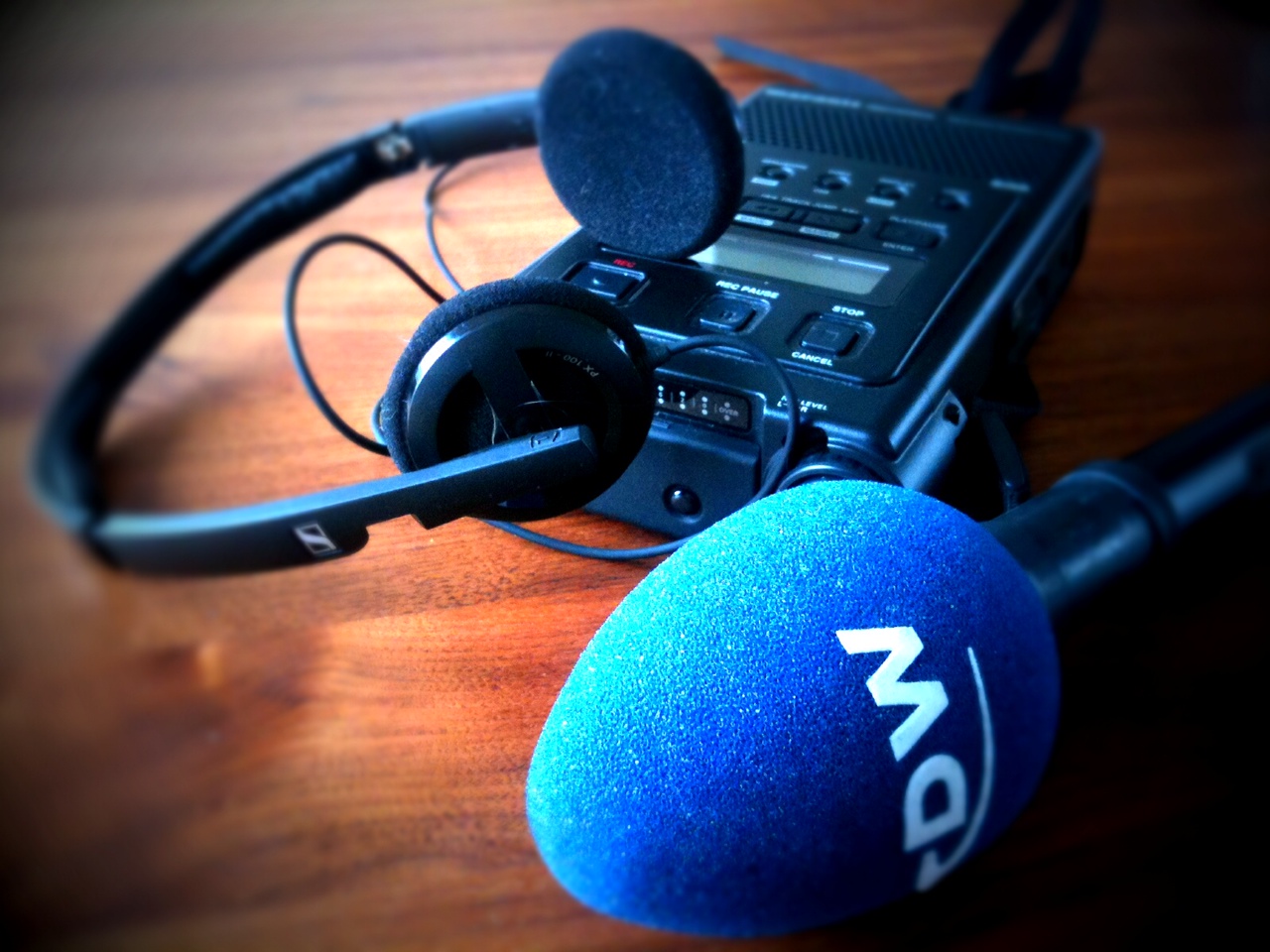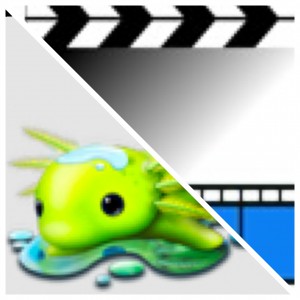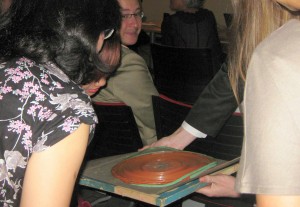Search Results for Tag: Audio
Tools and Apps for Journalists: Sonic Pics

Audio slideshows can be an engaging part of any multimedia package. They’ve got the strength and appeal of photography while the narration adds the power of the human voice, giving context and filling in details that the images might not otherwise provide.
One of the problems in the past was finding good tools to create them. For years, SoundSlides has been the standard but it costs between $40 and $70 and the learning curve, while not Himalayan steep, is a little uphill at first.
Now there are several tools out there that allow you to put together basic audio slideshows in a snap and on the fly, and they won’t break the bank. Sonic Pics for iPhones or iPads is a low-cost one that’s impressive. It’s easy to use, has a simple, clean interface and pretty much does what it promises.
![]() read more
read more
Tools and Apps for Journalists: Cowbird
What is Cowbird?
A multimedia storytelling tool. But Cowbird strips things back to present stories in a straightforward way. Think simple: text, photographs, and audio. The story is the focus – as it should be.
![]() read more
read more
Trainer recommendation: Adapter & MPEG Streamclip
“What software can I use for converting and compressing files?”
It’s a question trainers are often asked on broadcast and multimedia courses involving a lot of work with audio and video files.
Adapter and MPEG Streamclip are a good starting point. Both are free and work on either a PC or a Mac.
These tools are particularly useful as video or audio Swiss Army knives – between them they can handle just about any sort of file and convert or compress it to whatever size or format you need.
And both tools let you create a batch list if you have a lot of files to convert or compress at the same time.
![]() read more
read more
Asian and German experts make sound archives accessible for journalists
Journalists who want to add archived sound material to current affairs stories usually have one big problem: how can they find relevant material in a broadcaster’s archive?
For the keepers of these archives, it’s a challenge to catalog sound material so that it’s easily accessible to journalists. And if the material is on tape or analogue disks, the archive workers also have to find ways to restore and digitize the carriers. Tapes deteriorate easily – especially in tropical climates.
These are key issues that Heidrun Speckmann and Nguyen Pham Hoa Binh (free media consultant in Vietnam) discussed with an international audience at the German Embassy in Hanoi on May 8th, 2012. Heidrun Speckmann has been working as CIM integrated expert and DW Akademie’s Media Archive Developing Consultant at Radio The Voice of Vietnam (VOV) since September 2009.
At the German Embassy, the two archive experts presented their long-term consulting projects aimed at modernizing the sound archives of Asian broadcasters. These projects are financed by Germany’s Federal Ministry for Economic Cooperation and Development (BMZ).
![]() read more
read more
Getting everyone up to speed in a converged Himalayan newsroom
 Even high in the Himalayas, reporters these days are being asked to do more.
Even high in the Himalayas, reporters these days are being asked to do more.
As part of a modernization drive, Bhutan Broadcasting Service (BBS) has combined their radio and television newsrooms. In the future, reporters will be required to provide news reports in both media. It’s hoped that the convergence will allow the state-funded station to cut costs and do more with limited resources.
It was against this background that two DW-AKADEMIE trainers went to Bhutan’s high-altitude capital Thimphu to conduct a workshop with an enthusiastic group of 12 young BBS journalists. While several already had some radio production experience, many had previously only worked on the TV side of things.
Together, the group started with a review of the basics, such as news judgment and news writing for radio, before moving on to the interview and how to ask that all-important first question that will grab your listeners and keep them from turning the dial.
![]() read more
read more
Six tips for selecting powerful voice clips
 Sound clips make a story livelier, more interesting and more authentic. But not all voice clips are good and make sense. Before you use a sound clip, you should consider whether it will truly provide users or listeners with new insights.
Sound clips make a story livelier, more interesting and more authentic. But not all voice clips are good and make sense. Before you use a sound clip, you should consider whether it will truly provide users or listeners with new insights.
In practice, some “golden rules” for using voice clips have evolved:
1. Voice clips should be unique.
Sound clips make sense if they contain at least one of the following:
* Strong feelings
* Expressions of opinion
* Humor/wit
* Something about the personality of the interviewee
* Eye witness reports
* Historical sound documents
![]() read more
read more
Lessons learned from multimedia workshops
 Every multimedia workshop differs from the next, but the lessons learned by the participants are always very similar. One thing is certain: You need patience and perseverance.
Every multimedia workshop differs from the next, but the lessons learned by the participants are always very similar. One thing is certain: You need patience and perseverance.
It also helps to stay calm and collected when learning to use the tools and technologies. It’s much like long-distance running. You start out full of confidence and high expectations, then lactic acid builds up in your muscles. Suddenly you feel like you’re reaching a dead end, frustration and exhaustion make you want to throw in the towel. Rage rises up, causing you to ask yourself why you even bother. But in the end, when you’ve achieved your goal and you click that “publish” button, you feel a rush of satisfaction.
Like any kind of creative activity, working with multimedia can stir up emotions and fray your nerves. But it doesn’t have to be stressful. Follow these tips to stay nicely on top of your multimedia work without losing your head.
Don’t overdo it!
The Internet has unlimited possibilities. The temptation is huge to exhaust all those possibilities. That’s not always to the benefit of the user. And the user is the main point to keep in mind.
Multimedia projects are often overloaded, bursting at the seams with (sometimes sub-optimal) video, audio and photographic footage. Driven by their excitement about the technical potential, authors can easily lose sight of the actual story they’re trying to convey. Just think of the endless audio-video slideshows with thinly told stories and so-so orchestration, the masses of blurry photos and unsteady video clips.
Bear in mind your own capabilities and keep an eye on your time management.
![]() read more
read more
10 radio journalism and audio training resources
When it comes to professional radio journalism and audio production training, it's hard to beat having the opportunity to attend workshops conducted by experts. But if you have access to the net, learning new skills or brushing up on the basics via online tutorials and web resources could be the next best thing.

Whether you're a working journalist, trainer or j-student, here is a selection of resources useful for radio journalism and producing audio materials.
![]() read more
read more











Feedback